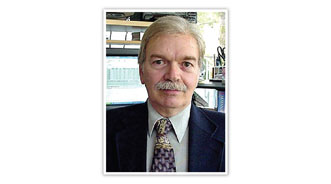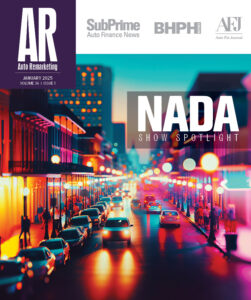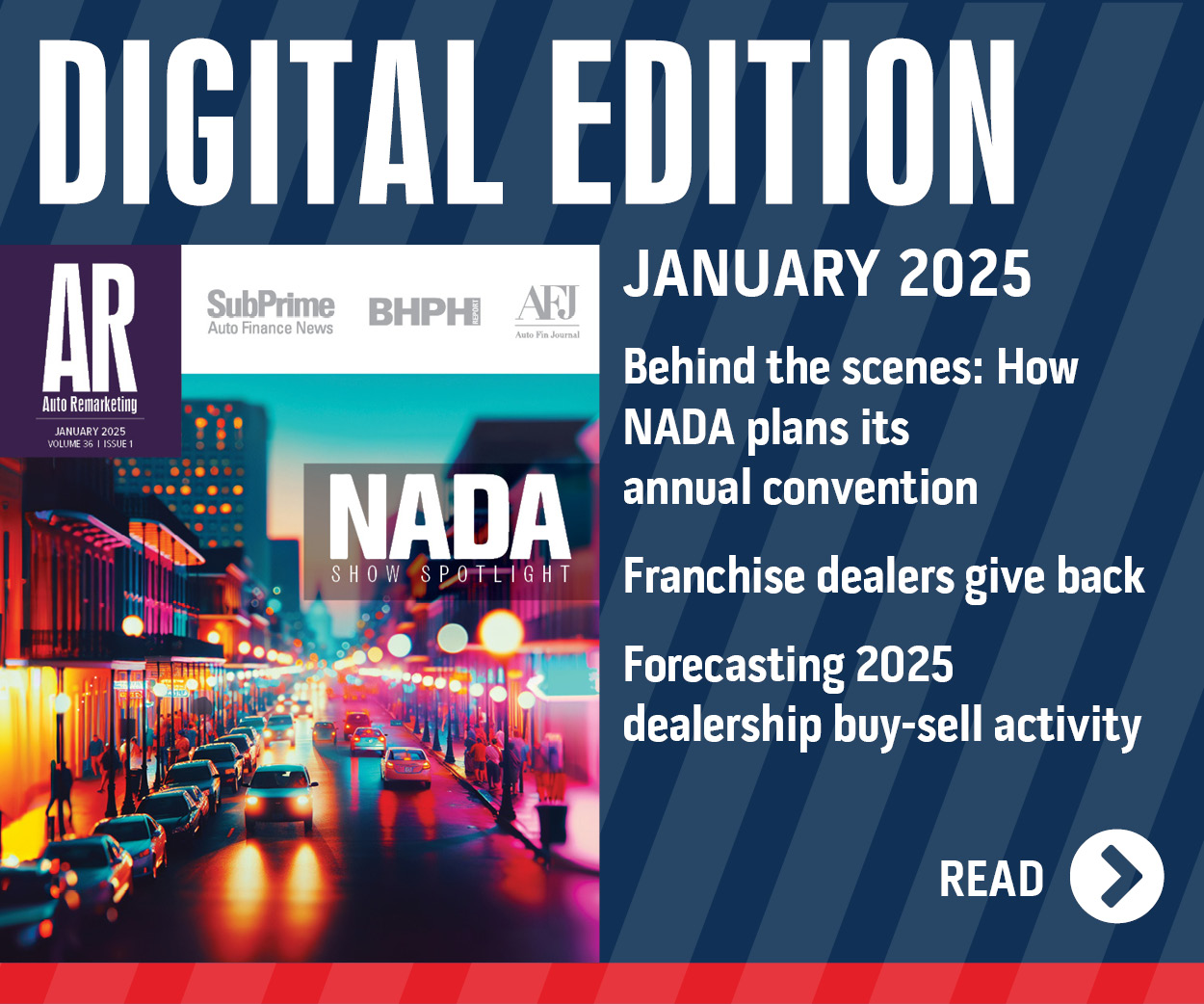CNW: 1M Used Leases Possible for 2011

They may not get a whole lot of attention, but used-vehicle leases have gained quite a bit of steam in the past year and may eclipse the 1 million mark for 2011, according to CNW Research.
In eight of the first nine months of 2011, the number of used leases has climbed on a year-over-year basis, with three of these months touting double-digit-percentage increases.
During September, there were 96,702 used leases, up 8.4 percent from September 2010. The increase for August (up 19.8 percent) was even higher.
“Little attention is paid to the used-lease market, but it has been slowly and steadily rising since September 2010,” said Art Spinella, president of CNW.
“Because the volumes are relatively low compared to the used-car market in general, these sales generally fly under the radar,” he added. “But they are important. Virtually 90 percent of these used leases are to people who would otherwise acquire a new vehicle.”
Spinella also pointed out that starting in March, there has been year-over-year rise each month in used lease cap costs. The level of gains has trended upward, for the most part.
The cap cost in September was up 13.3 percent year-over-year at $41,692, which also marks a 13.1-percent hike from January.
The following graph illustrates used lease and cap costs trends for 2011:
| Month |
Used Leases |
Y-o-Y Change |
Cap. Cost |
Y-o-Y Change |
| Jan. 11 | 61,681 | 17.9 percent | $36,847 | -4.9 percent |
| Feb. | 60,824 | 20 percent | $37,528 | -1.7 percent |
| March | 66,582 | 3.6 percent | $37,916 | 0.6 percent |
| April | 82,909 | 8.7 percent | $38,462 | 7.1 percent |
| May | 80,167 | -12.3 percent | $38,210 | 6.5 percent |
| June | 99,602 | 1 percent | $38,744 | 7.9 percent |
| July | 102,062 | 2.7 percent | $39,143 | 9.4 percent |
| August | 98,682 | 19.8 percent | $40,508 | 12.8 percent |
| September | 96,702 | 8.4 percent | $41,692 | 13.3 percent |
Used Supply Trends
As many can attest, the used-car supply battle has arguably been the market’s most pressing issue this year. Lately, inventory has been fairly constant at 44 days’ supply, which Spinella suggests is the bare minimum of “on-the-ground vehicles the industry can live with.”
However, he also points out that while 45 days’ supply of used cars was previously considered “ideal,” many dealers are finding that 50 days’ is the new sweet spot. Dealers need more inventory to satisfy demand based on the wide variance in preferences for car type, color and features.
What’s more, that ideal number could increase to 55 days. Car buyers are becoming more fickle, as Spinella put it, and dealers will need more cars to address that.
“Like new-car buyers, used-intenders are looking for a specific make and model in a specific color and with specific options,” he noted. “Before the recession, this was rare and a shopper would settle for a white vehicle instead of the preferred blue or a car or truck with a sunroof even though none was desired.
“As we’ve pointed out in the past couple of years, a majority of shoppers now demand the exact car or truck they have in mind,” Spinella continued. “For dealers, that means a larger inventory or significantly improved dealer-trade capabilities.
“Until those on-the-lot inventories reach that level, dealers are going to be offering sweeter deals on trade-ins, scouring auction lanes for specific models and buying used vehicles off the street,” he added.
Pricing Forecast
Interestingly enough, though, Spinella said this trend doesn’t necessarily translate to higher used-car prices.
Granted, there was a 6.16-percent year-over-year increase in used pricing in October for franchised dealers and a 14.8-percent hike for independents. But, Spinella attributes that to older models being “diverted out” of dealerships and instead sold in private-party sales.
“The remaining inventory is carry-over from August-September and reflected a higher dealer-paid price,” he continued. “From this point forward, again assuming the recession lingers, dealers are going to be forced to narrow their margins to keep volume up. They will hesitate buying vehicles at auction for top dollar because their inventories have stabilized to demand.”
October Used Sales
Sharing some sales projections, Spinella noted that early indications point to a rather strong October. Sales are on track to hit close to 2.9 million units, which would be an 11.6-percent year-over-year hike.
“October is pushing hard at making this a 39 million unit year,” he pointed out.
Franchised dealers are projected to move 968,700 used vehicles this month, which would be an 8.6-percent increase. Meanwhile, independents are likely to push their sales 10.8-percent higher, coming in at 972,100 units sold.
The bulk of the gain is expected to be in private-party sales, which are projected to climb 15.7 percent to 954,200 sales.
“Why the strength? Most of the cars sold private party are simply not ‘hot’ on used-car lots. They are older and far less expensive,” Spinella explained. “Virtually all are being purchased to replace a vehicle on its last legs.
“Also, many private-party sellers are beginning to barter or take ‘partial’ trade in other goods or services,” he continued.
Explaining the aforementioned pricing impact from the increased move to private-party sales, Spinella said the shift to private-party sales have resulted in fewer trade-ins of older units coming into dealerships. Without the older rides, dealers have pricier used models.
“Thus the increase in month-over-month transaction prices,” he noted.
More Used-Car Data
Next, Spinella shared some data on the value of used vehicles that were sold last month. Based on transaction prices, September saw a total value of $32.44 billion worth of used sales.
This is up 13.54 percent year-over-year.
For franchised dealers, the value of their used transactions reached $15.7 billion, up 26.14 percent year-over-year, while independents climbed 3.74 percent to $9.33 billion. Private-party sales climbed 3.92 percent to $7.41 billion worth of sales.
However, despite the increase in value and the gains in used sales, there was a 4.54-percent decrease in total number of used shoppers (9.35 million) for the month.
That said, sellers did a better job closing deals, apparently. The closing ratio was 41 percent, up almost 10 percentage points.
Sharing some used sales data, four-year-old vehicles showed the greatest sales increase of any age group (one to 20 years old), according to CNW.
There were 236,908 sales of four-year-old units in September, up 10.45 percent year-over-year.
Among late-model vehicles, one-year-old cars had sales of 28,259 units (down 0.04 percent), and two-year old cars were up 0.34 percent at 43,803 sales. Sales of three-year-old units climbed 1.71 percent to 109,826 vehicles.
“The shortage of fleet vehicles, which typically make up a large percentage of the one- and two-year old used-car volume, slipped in the year-to-year comparison,” Spinella said.
“Passenger cars grabbed a high percentage of overall sales — 1.9 million units, up 31.4 percent — while trucks fell to 1.3 million units (down 19.7 percent),” he added. “Sport utility vehicles sales were off more than 50 percent on a unit basis and 53.2 percent as a percentage of total sales.”
Offering some overall context, Spinella noted: “While looking at one month isn’t truly a good way to make projections, it does give a glimpse into significant changes taking place. For example, the decline in truck volume (both units and as a share of total sales) is a clear indication that inventories are either short of trucks or people simply aren’t buying them. Cross referenced with other data, however, shows inventories are high so the only logical conclusion is that people are avoiding low-fuel economy rigs.”
He also stressed the importance of looking at the number of shoppers. Spinella gave the example of franchised dealers, which saw a 1.2-percent hike in used-car shopper traffic.
“But the ratio of shoppers to buyers slipped to 3.03 versus 3.34 a year ago. Lower prices for used cars and dealer marketing efforts boosted closing ratios, but it came at a price that could impact future profits,” he stressed.

 View The Latest Edition
View The Latest Edition

